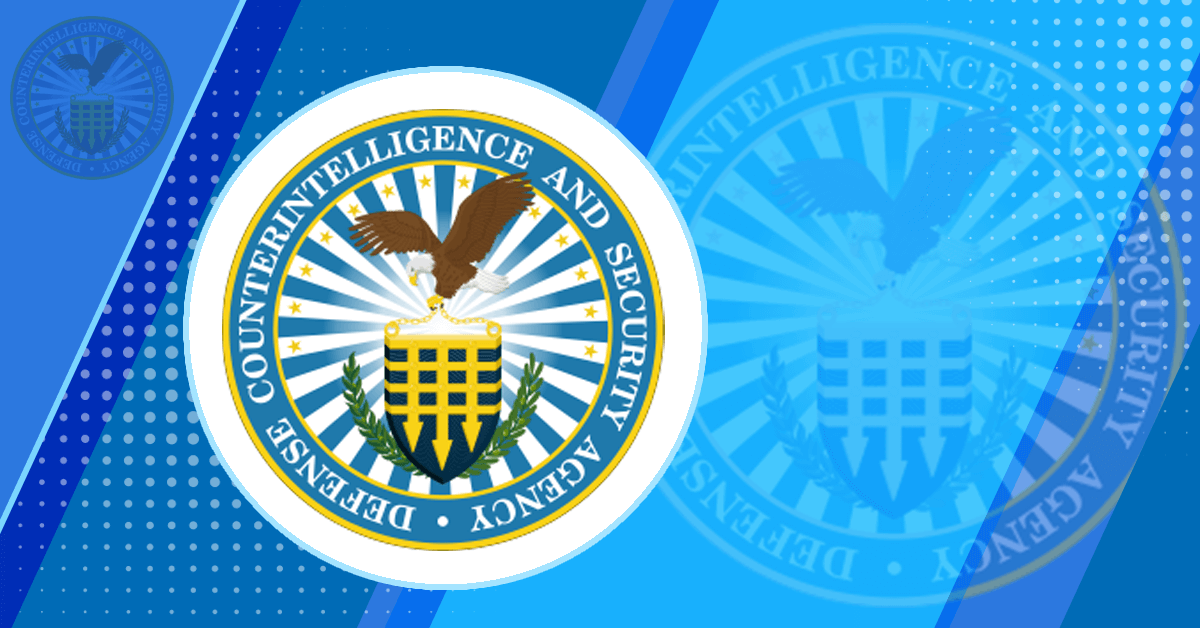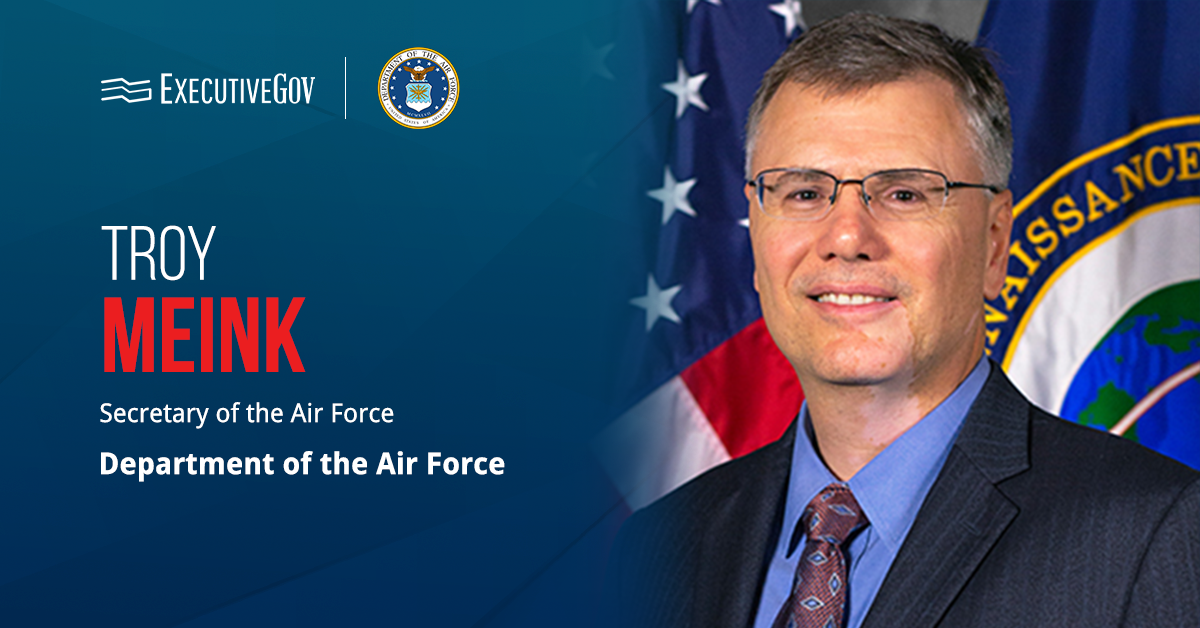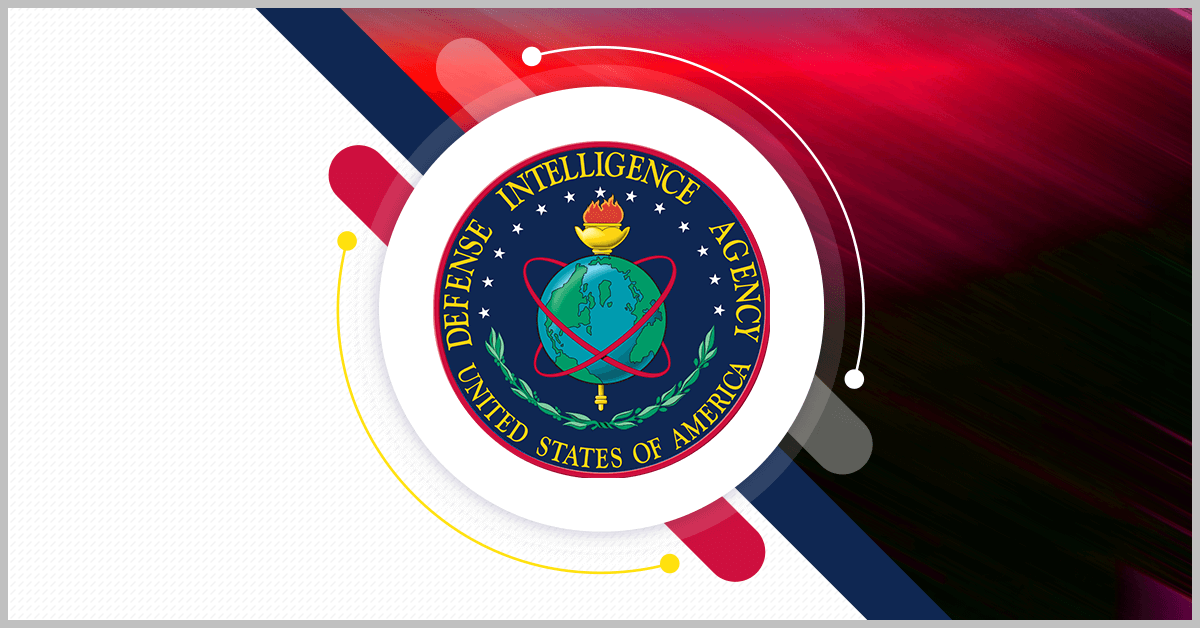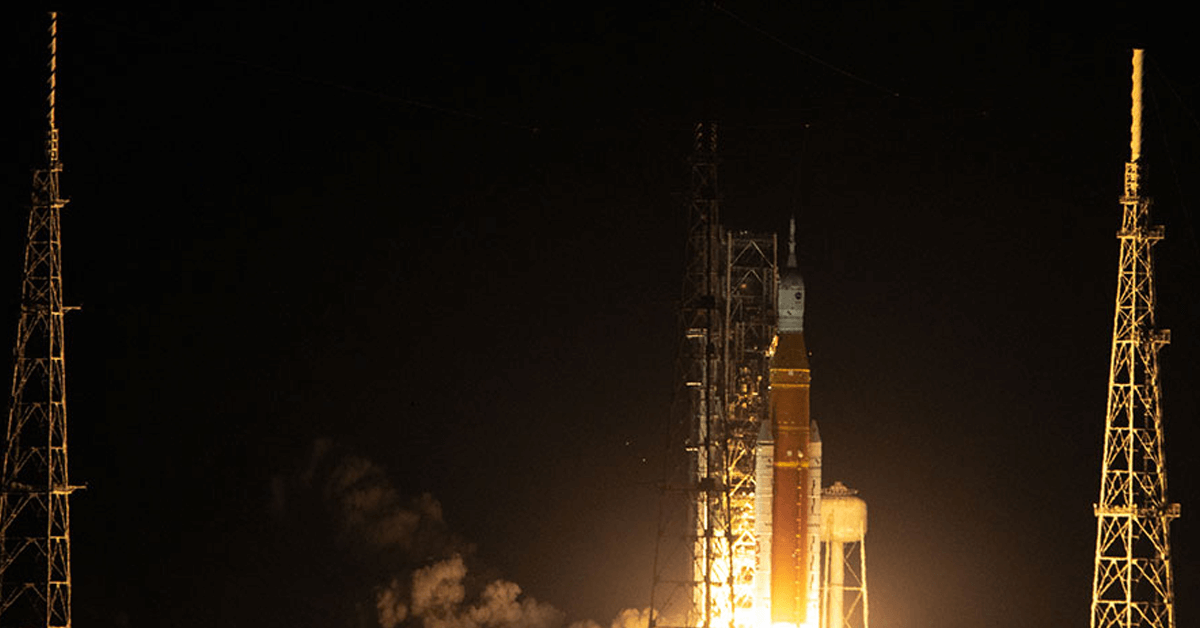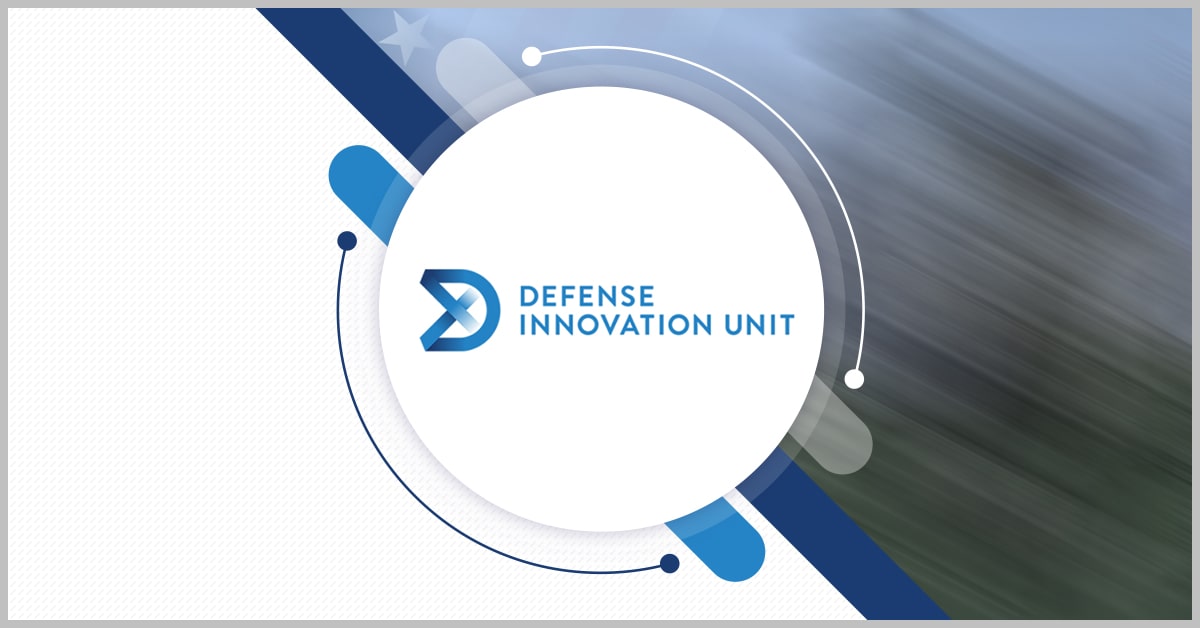Sandia National Laboratories has unveiled plans for a $5 billion investment in construction projects over the next 10 years.
The investment is intended to expand its facilities to enhance federal research and development initiatives in support of its core national security research efforts, Nextgov/FCW reported Wednesday.
Table of Contents
Sandia National Laboratories’ Top Priorities
The investment will support several construction projects, including a Power Sources Capability Facility and a Combined Radiation Environments for Survivability Testing Facility.
According to Laura McGill, director of Sandia Labs, the new facilities will bolster the lab’s abilities to research emerging technologies, which remains the top priority of the lab. McGill stressed that the lab will focus on radiation environment testing, power source capabilities, nuclear deterrent programming, quantum computing sciences, materials science and artificial intelligence, particularly its possible applications to national security.
“Sandia is really leaning into AI; it’s transforming our national security,” said McGill. “We are strengthening our expertise so that we can safely harness AI to the benefits of our capabilities and our future. At Sandia, we’re developing world-class algorithms to accelerate science and engineering, but also we’re applying it to improve our business operations,” she added.
New Facilities Are Mutually Beneficial
McGill said during a press conference that the planned construction is a “win-win” for laboratory researchers and contracting firms based in New Mexico. She emphasized that the investment provides “a stable source of work and economic opportunity for design firms, construction companies and the skilled tradespeople.”



